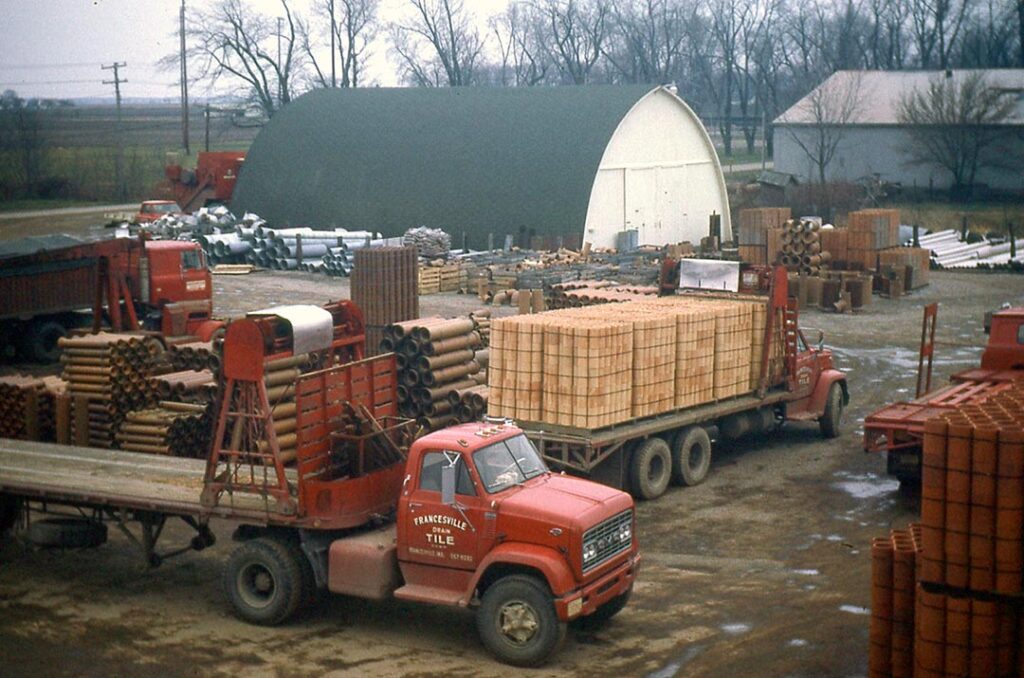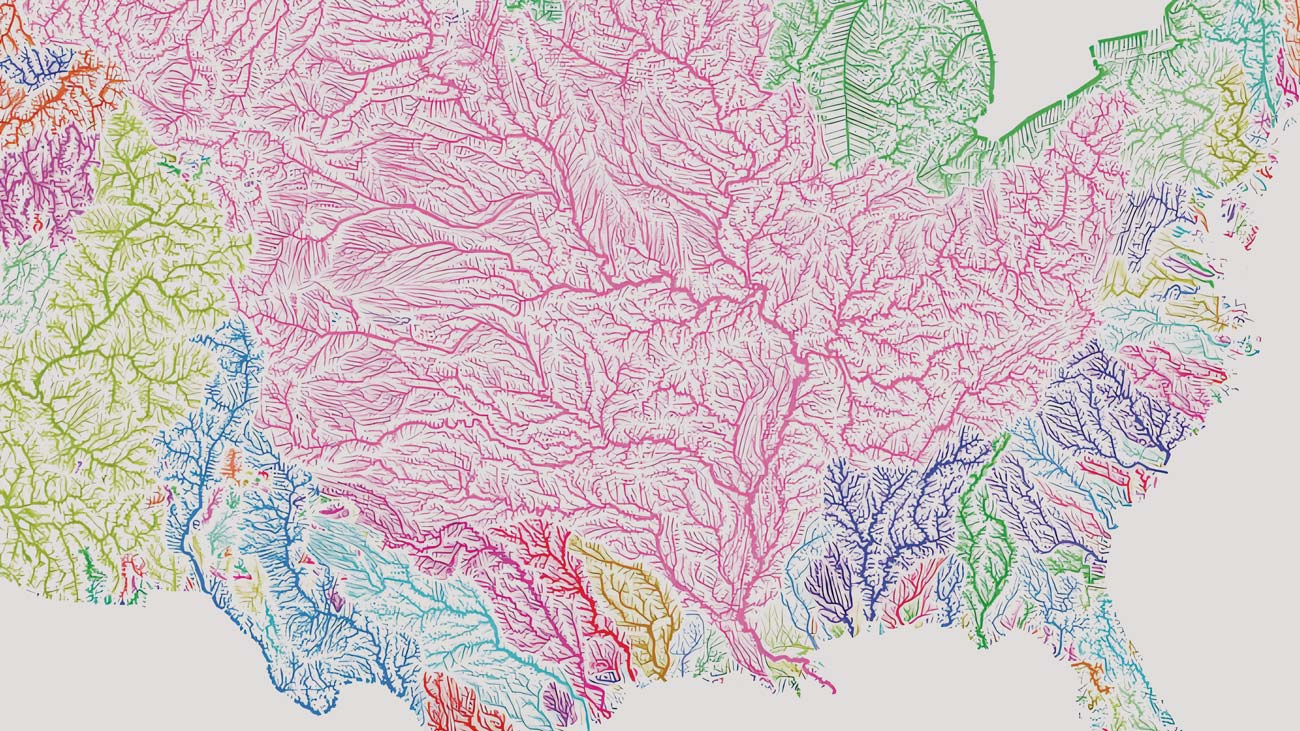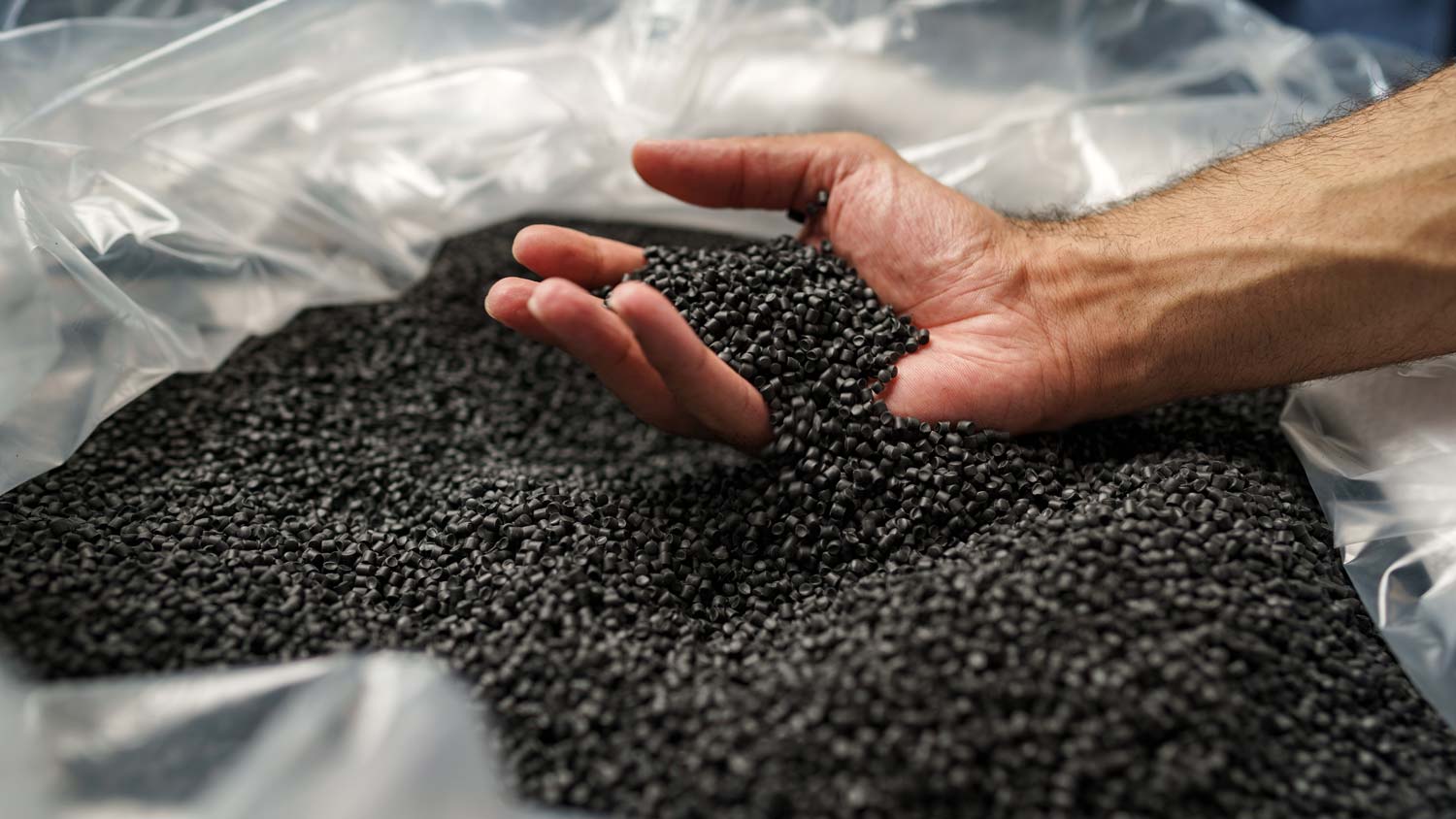As seen in the Tried & True Spring 2023 issue
Excavation and drainage installation is hard work. It entails long hours outside in the hot sun maintaining intense focus, all while operating complicated machinery with the proper amount of skill and finesse. But can you imagine how much harder past generations had it before modern technology?

Up until the late 1920s, most trenches for tile were dug with simple hand tools and back-breaking labor. While steam-powered trenchers—first invented in the late 1800s—made the task much easier for a minority of well-off farmers, agriculturalists of the era were rarely able to afford them. This was a time when the majority of farmers were poor—at least in terms of currency needed to invest in cutting-edge technology like steam-powered devices. It’s a bit like expecting an uber driver to have the cash on hand to buy a brand new Tesla—sure, it may be a worthwhile investment for their job in the long term, but the cost of such a prospect might be a barrier to most people in the profession. Such was the case with most farmers and early machinery back in the day.
In addition to more difficult excavation, laying tile was much tougher in the past as well. Clay as a material is both more brittle and more rigid than the modern plastics used to make today’s corrugated pipe, and as a result the clay tile of old was highly unforgiving in comparison to modern pipe—and also much heavier to cart and carry.
Thankfully, there were a few tricks of the trade that past trench-diggers and tile-layers devised to make their work less daunting. For one, farmers tended to approach tile installation with a strictly “as needed” mentality. With a discerning eye, they would appraise their fields for “problem spots” where crop growth had clearly suffered from too much water in the ground. They would then mark these spots as places to lay tile when timing and resources allowed.
Some farmers did plan and complete all-encompassing tile networks on their properties, however. For these endeavors, the natural contours of the land were often utilized to take some of the edge off the labor. A natural dip in the ground could become the foundation for a tile trench if the conditions were right.
When the time came to dig, they embraced strength in numbers with large teams of more than twenty people all working at once. For grading, excavators placed stakes in intervals to help gauge elevation by sight or—if lucky—with surveying tools of the day.
Overall, the amount of time and effort that went into laying tile in these times is a long-standing testament to the value of subterranean drainage. No sane person would ever consider the undertaking if not for the value they saw in return. That value still exists today—more than ever before, thanks to advancements in drain pipe engineering and industry specific equipment—and with much less hassle involved.




